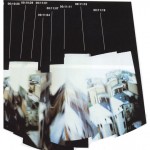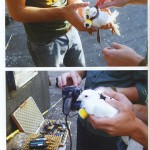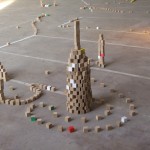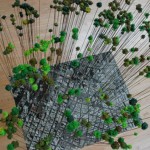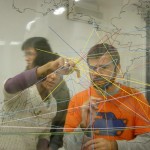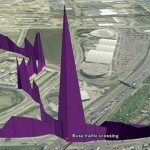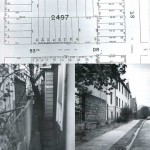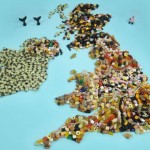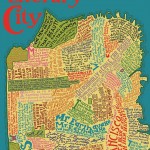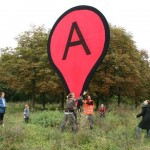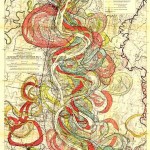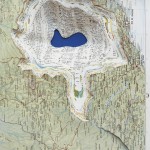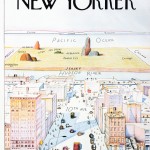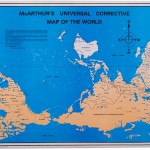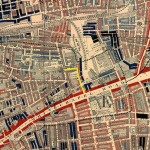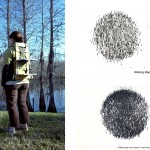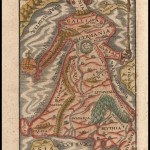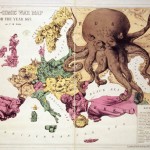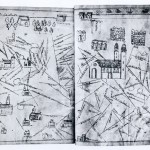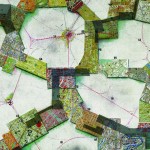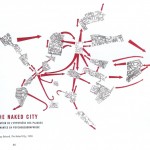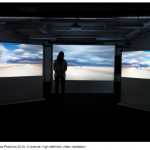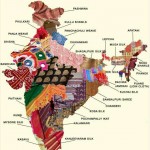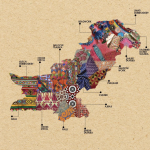Why are we doing this (objectives)
To recognize and utilize the intellectual community of the College of Visual and Performing Arts and resources of the University at large
To engage in collaborative learning
To employ critical thinking through analysis of contemporary art topics, readings, and reflection
PROCESS
- We will be looking at/researching a lot of different approaches to map-making.You could map walls, smells, encounters with cats, damaged areas, stairways, people, advertisements, sidewalks, tastes, bodies of water, buildings, bike routes, hallways, walls, water fountains, doorways, textures, roads/streets, lights, historic plaques, sounds, weather, art encounters, man-hole covers, power-lines, electrical boxes, traffic flows (cars, people, bikes, dogs, strollers, etc.), shadows, public signs, trees, windows, decorations, government buildings, green space, graffiti, places to buy food, vents, household appliances, benches, memories, etc.
You can draw, photograph, collect objects (keep it legal), record sound, create a video, build a model. The map can be large or small, it can be flat or folded, or it could be a multi-page zine/book, it could be recorded on a flag, it could be a guided tour, it could be a video/sound screening. You can measure space in feet, meters, steps, breaths, cans of soda, etc.
You must include a key explaining how to read/understand the map (this could take many forms depending on the medium of your map).
Jen Bervin
Listen to This American Life episode on Mapping.
Peters Projection Map vs Mercator World map
https://www.AntiEvictionMap.com/
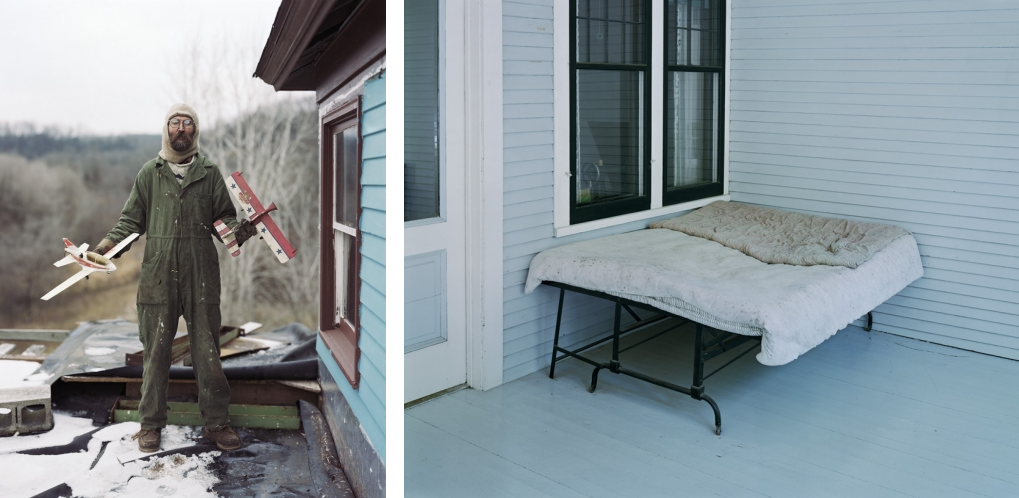 Sleeping by the Mississippi by Alec Soth
Sleeping by the Mississippi by Alec Soth
2. We will experience the space we map, and record first impressions. We will do this 2 times: once for the Star Store (interior or exterior), and once for the CVPA (interior or exterior).
3. We will create a first draft of each map, and critique it.
4. We will submit final versions of our maps for final critique.
Grading (per map)
5 pts – active engagement and participation during in-class work time
5 pts – first draft (inclusion of a key; concept in relation to context, craft, effort, openness to feedback from peers, etc.)
5 pts – final draft (inclusion of a key; concept in relation to context, craft, effort, openness to feedback from peers, etc.)
5 pts – active participation in critiques
8 pts – reflection writing
